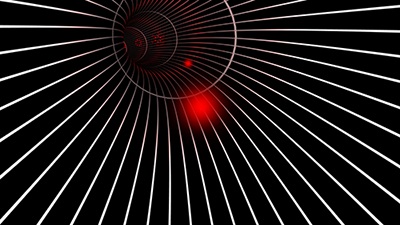13-10-2015
A collaborative team of researchers from the ARC Centre for Ultrahigh bandwidth Devices for Optical Systems (CUDOS) have demonstrated a phenomenon first proposed in 1948, but which had never before been observed experimentally.
The team have developed a method which will allow waves of light, sound or radio to travel through complex scattering objects yet have the entire wave arrive at once at its point of destination, echo-free.
Dr. Joel Carpenter, a Lecture at the University of Queensland who designed and performed the experiments, likened the waves of light to yelling a message to a friend at the end of a tunnel.
“Because of the way the sound waves bounce off walls and other objects the message your friend receives will be distorted by echoes and they might not be able to understand you,” Dr Carpenter said.
“Now imagine you had a specially shaped horn or speaker which launched your voice into the tunnel in a very special shape so that somehow no echoes arrive at the other end. We’ve demonstrated the same idea, except using light bouncing around inside an optical fibre.”
Dr. Jochen Schroeder from RMIT University who led the project highlighted the importance of this discovery: “The ability to make light pass through an object and arrive all at once at the other end is important in many fields. For example, the scattering of light in biological tissue such as skin or brain limits the depth that can be imaged,” Dr Schroeder added.
“Techniques such as these mitigate this scattering and allow imaging of depths inside tissue which would not otherwise be possible. We demonstrated this new phenomenon using light waves in optical fibres by precisely measuring the way light travels through the fibre in space and time.
“Then we worked out what laser beam shapes would travel through without echoes, generated beams of those shapes, and put them into the fibre, before confirming that all the light arrives simultaneously at the other end.”
CUDOS Director and Senior Researcher on this project, Professor Benjamin Eggleton noted that although the researchers used light, it is also applicable to other waves such as Wi-Fi, sound waves, radio and mobile phones. “Essentially, this could be applied to any application whereby you want the entire wave to arrive at the other end at the same time so your signal doesn’t get garbled by echoes.”
The original paper can be read in the journal Nature Photonics.

Echoless light observed for first time

Light travelling in an optical fibre













